Table of Contents
- Consideration 1: How Long Will You Be Hiking
- Consideration 2: Backpack Features
- #1. Padding
- #2. Pockets
- #3. Suspension system
- #4. Frame type
- #5. Ventilation System
- #6. Rain cover
- #7. Sleeping Bag Compartment
- #8. Attachment Points
- Consideration 3: Backpack Fit
- Consideration 4: Budget
- Recommendations
- Any Further Questions?
Your backpack is a significant determinant of whether you're going to enjoy your hiking trip or not. This is why choosing the right hiking backpack can be a daunting task.
- How do you know if it's comfortable?
- How big should it be?
- How heavy should it be?
In this article, we provide advice on what to look for when buying a hiking backpack so that you can enjoy the hike without any discomfort.
Consideration 1: How Long Will You Be Hiking
How long you intend to hike will determine the size of your backpack.
If you plan to be hiking for a day, a smaller backpack (20-35 L) will serve you best since you don't need to pack a lot of gear. When choosing a daypack, aim for one that can carry a maximum of 10% of your body weight.
If you plan to hike for a weekend, a medium-sized backpack (35-50 L) is enough for you. With this bag, you get enough space to pack extra clothing.
If you intend to hike for more than three days, a larger backpack (50-75 L) is excellent for such a trip. With this bag, you have the luxury of carrying more gear, including extra clothes, extra snacks, and even a warmer sleeping bag.
When choosing a multi-day pack, go for one that can carry 20% of your body weight. Multi-day packs come with extra padding, which helps you to avoid injuries caused by heavyweights.
Now that you know what size of backpack you'll need for a hiking trip, let's get into what features to look out for when buying a hiking backpack.
Consideration 2: Backpack Features
Some of the main features to consider include:
#1. Padding
Padding is essential because it determines how the weight feels on your shoulders, hips, and back.
A perfect amount of padding helps decrease the pressure on your shoulders, back, and hips, making your hike more comfortable.
Too little padding will likely result in pain and blisters and make your hike more fatiguing. Too much padding, on the other hand, will cause uncomfortable pressure causing soreness.
So when choosing a bag, go for one with a moderate amount of padding on the shoulder straps, back panel, and hip belts.
#2. Pockets
Another essential feature to consider when shopping for a backpack is the amount and size of pockets.
The number of pockets depends on your preference. However, a good hiking bag should have side pockets, hip belt pockets, a top-lid pocket, and a shovel pocket.
When looking at the pockets, consider the size and placement of each pocket.
#3. Suspension system
If you're planning on a multi-day hike, a suspension system is a must.
This system of belts, straps, frames, and harnesses helps to distribute weight evenly across your body, which ensures you can walk for more extended periods with minimal discomfort.
#4. Frame type
Frames are an essential part of your backpack's suspension system. Whether internal or external, frames provide structure to your bag and provide attachment points for shoulder straps and hip joints.
Depending on your needs, you can go with either an external or internal frame.
External frames entail one or multiple horizontal metal rods located outside the bag. If you plan on carrying a heavy and irregular load, a bag with outer frames is the way to go.
Internal frames are typically made of a rigid material and are located inside the bag. Internal frames work best for hiking because they help to stabilize bulkier items in the bottom half of your pack.
#5. Ventilation System
Ventilation systems help keep your back cool and dry.
A good backpack should have a ventilation system with an airflow channel that helps to circulate air freely throughout the bag, which keeps you cooler on hot summer days while hiking.
Some bags come with mesh panels or vents that help release heat from around your body.
#6. Rain cover
If you plan to hike in rainy conditions, it's essential to invest in a bag with a rain cover.
A good hiking bag should have an integrated rain cover that attaches securely and can be easily removed when not needed. This way, you won't need to bring along a separate rain cover or purchase one separately.
And if a rain cover isn't available, look for a bag made with waterproof fabric.
#7. Sleeping Bag Compartment
This is mainly a consideration for people who plan to go camping.
An integrated sleeping bag compartment helps prevent dirtying up other areas of the rest of your hiking gear and ensures easy access to your sleeping bag.
With such a compartment, you can access your sleeping bag without removing the rest of your gear.
#8. Attachment Points
Having attachment points on your backpack is essential, especially if you have multiple accessories.
An excellent hiking bag should have more than one strap for attaching gear and other items such as an ice axe, trekking poles, or climbing rope.
Consideration 3: Backpack Fit
With a backpack in mind, it's now time to choose a well-fitting bag. When considering fit, you should think about your torso length and waist size.
To determine your torso length, you'll need to measure the distance between the bony bump between your neck and the top of your hips.
With this measurement, you'll know whether to get a small, medium or large bag.
And here's the best part.
Modern hiking bags come with straps that help you either lengthen or shorten, making it possible for one bag to fit a wide range of torso lengths.
Consideration 4: Budget
How much are you willing to spend on a backpack?
If you want a high-quality backpack that will last you many years and serve you on multiple hikes, be ready to spend a bit more than someone looking for a bag to serve them for a few hikes.
Typically, a high-quality backpack goes for between $200 and $500.
Recommendations on the Best Hiking Bag
Buying a hiking bag could be confusing.
Do you get a bigger, medium-sized, or small bag?
When buying a bag, it's advisable to get a smaller and a large bag. The smaller bag is great for day hikes, while the bigger bag will serve you during multi-day hikes.
Whichever bag you're looking for, Northbound Gear has got you covered.
Our voyager expandible backpack is excellent for short and medium-sized trips. Thanks to its expandable nature, the bag can extend from 26L to 36L
And that's not all! This bag comes with an inbuilt rain jacket, making sure you're always dry during your hike.
If you're looking to hike for more extended periods, the Northbound Cargo 50L backpack is what you should go for. Not only is this bag large enough to fit gear and supplies for a multi-day trip, but it's also water-resistant, making it great for camping, hiking, and fishing adventures.
Any Further Questions?
Do you have any advice on other factors to consider when selecting a hiking bag? Do you have any questions on how to choose a hiking backpack? Tell us in the comments section below.
And if you're looking for high-quality hiking apparel and gear, check out our online store here.
Upwards and onwards with Northbound Gear.Read more
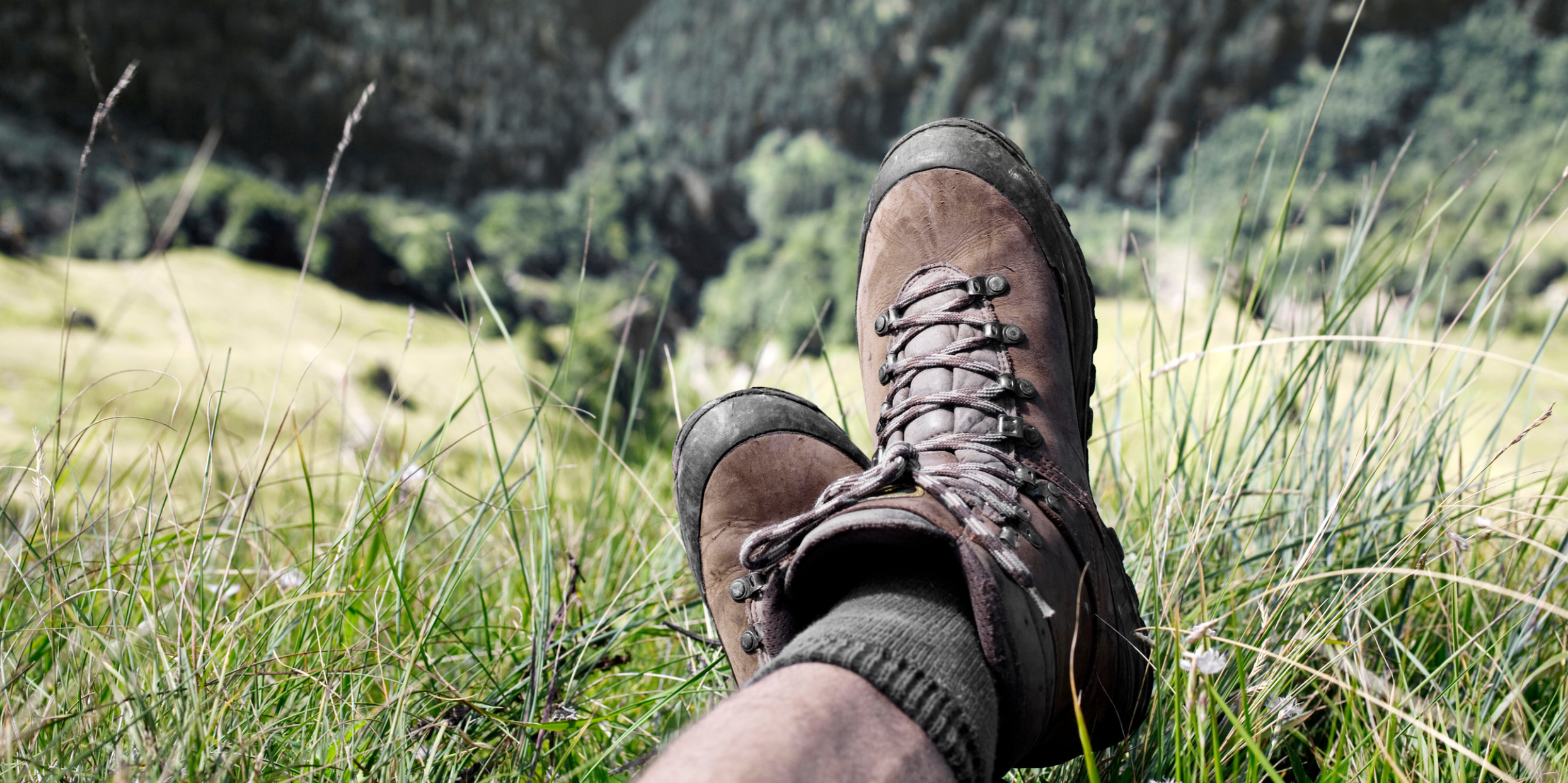
One of the worst things that can happen to you on a hiking trip is a blister. While small, blisters can make you cancel your whole trip. This is why it's essential to know how to prevent and treat...

How do you prepare for a hiking trip, to ensure you have the time of your life? It all starts with what you do before the hike and extends to what you do during the hike. Before the hike, you’re ad...
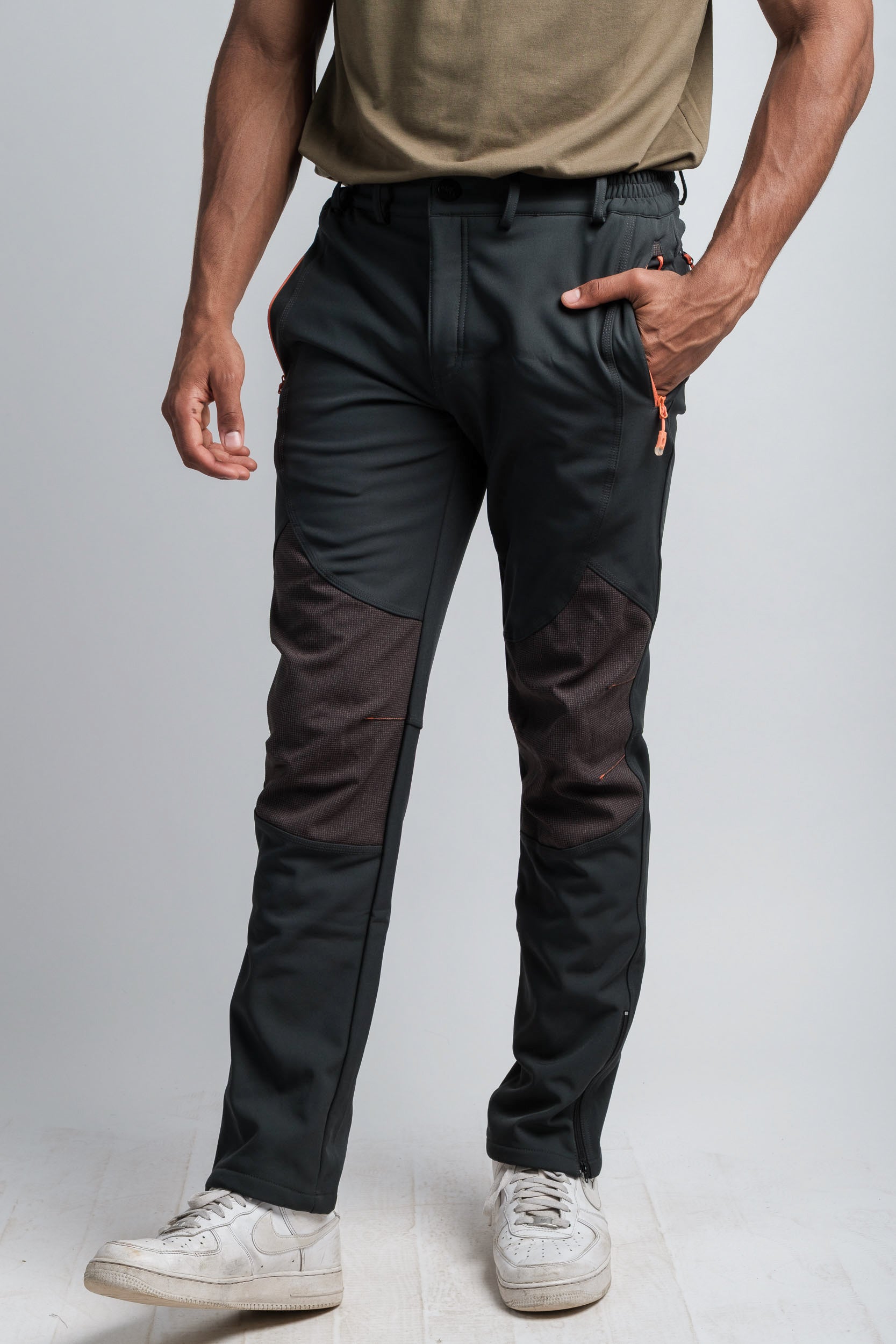
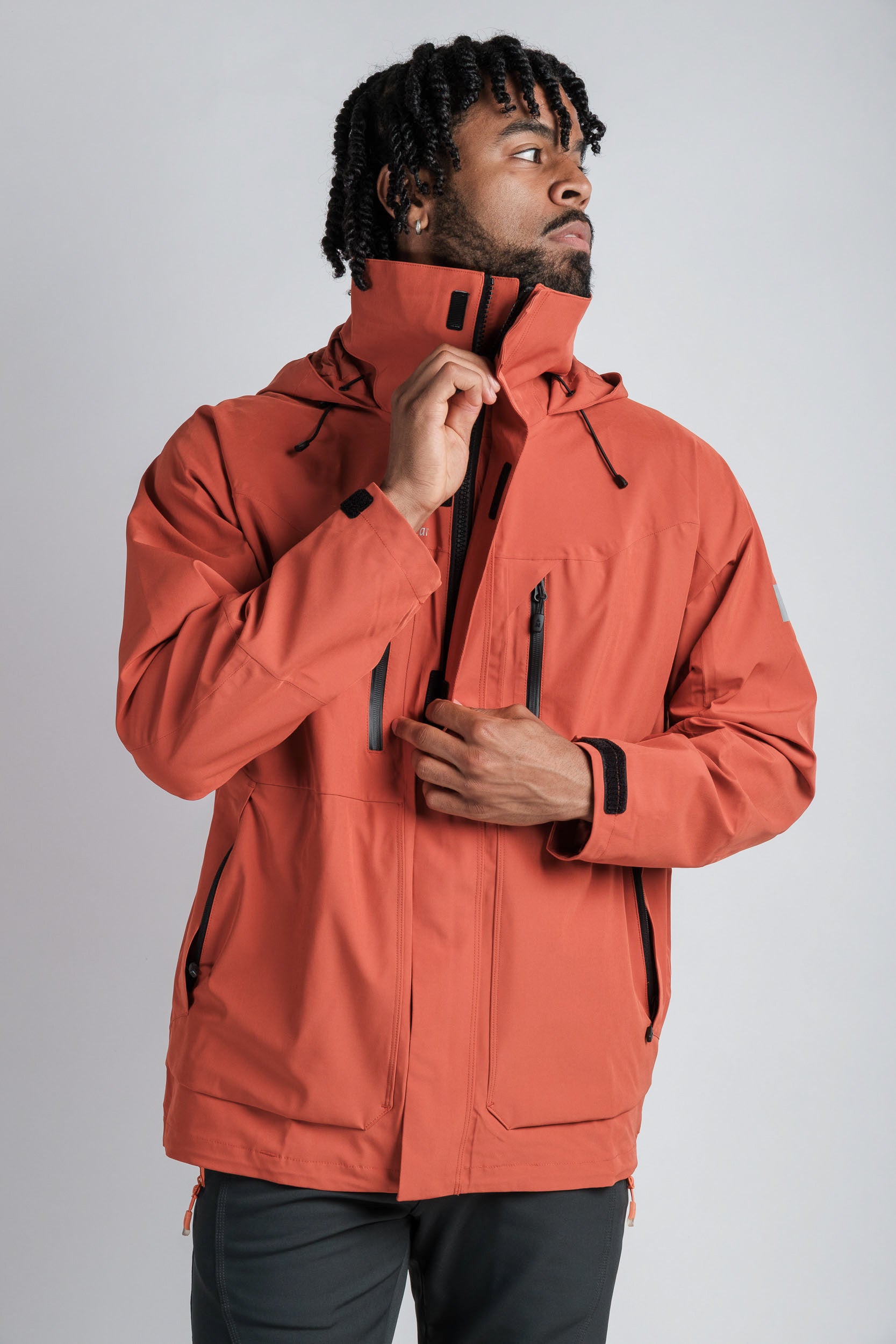
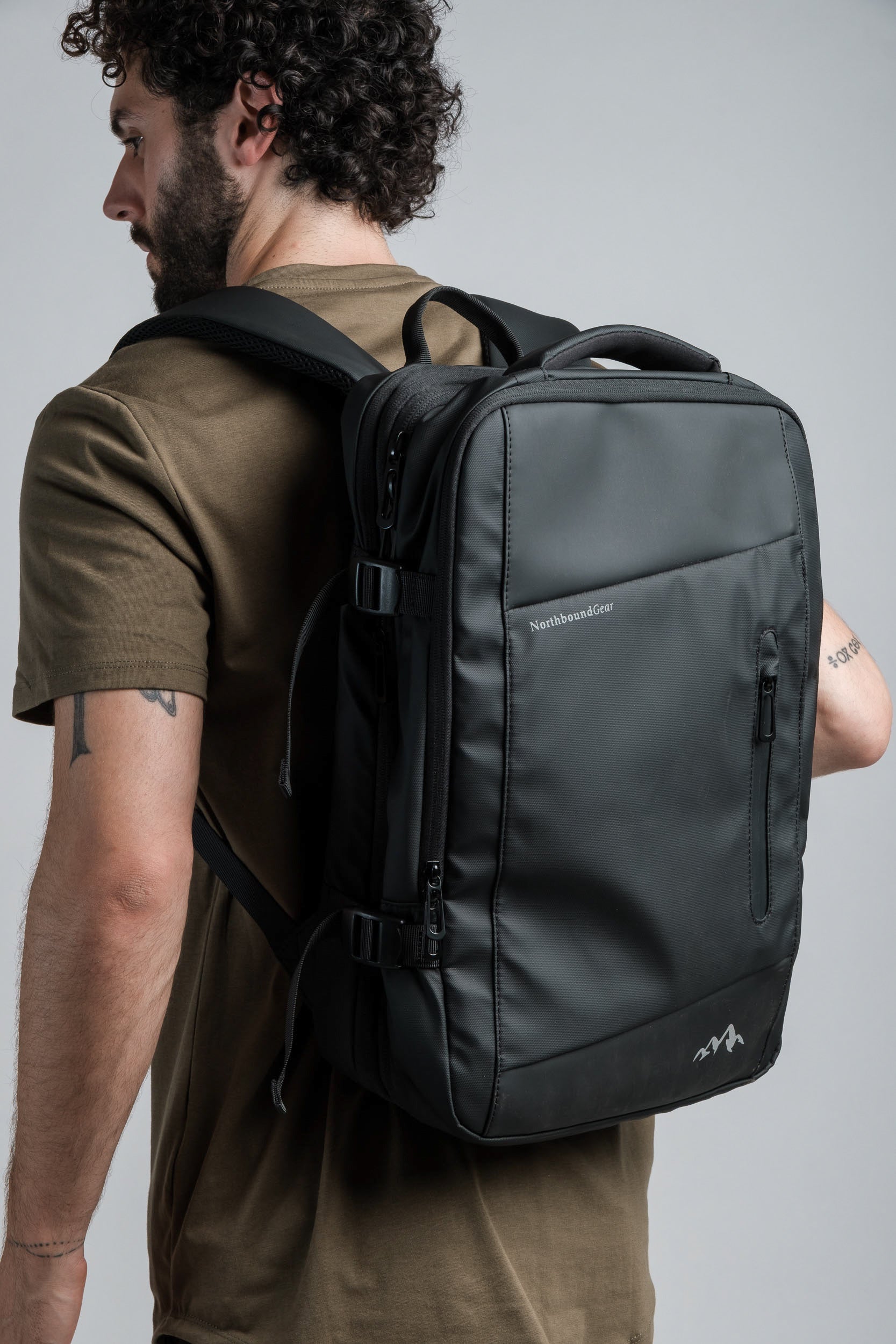
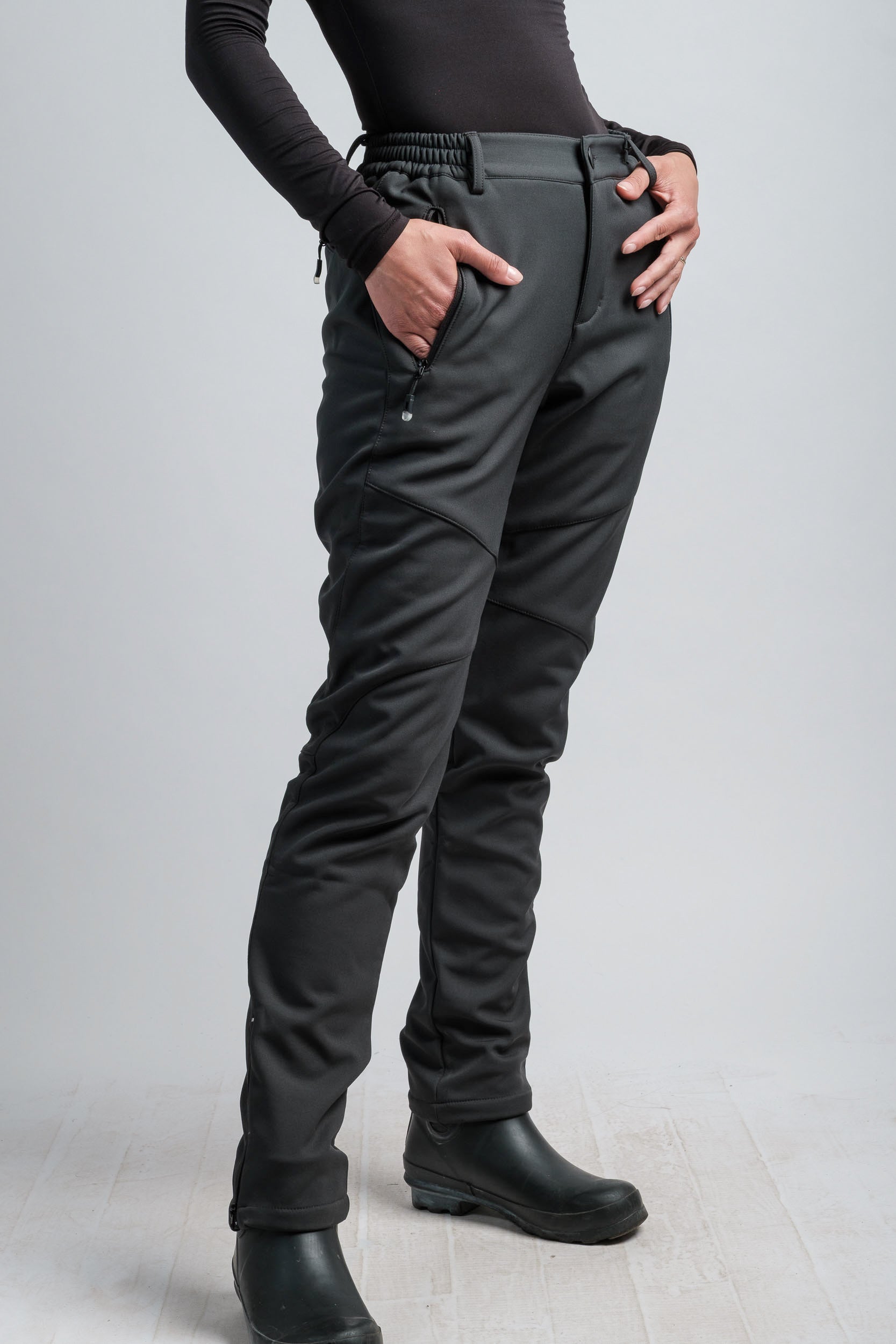
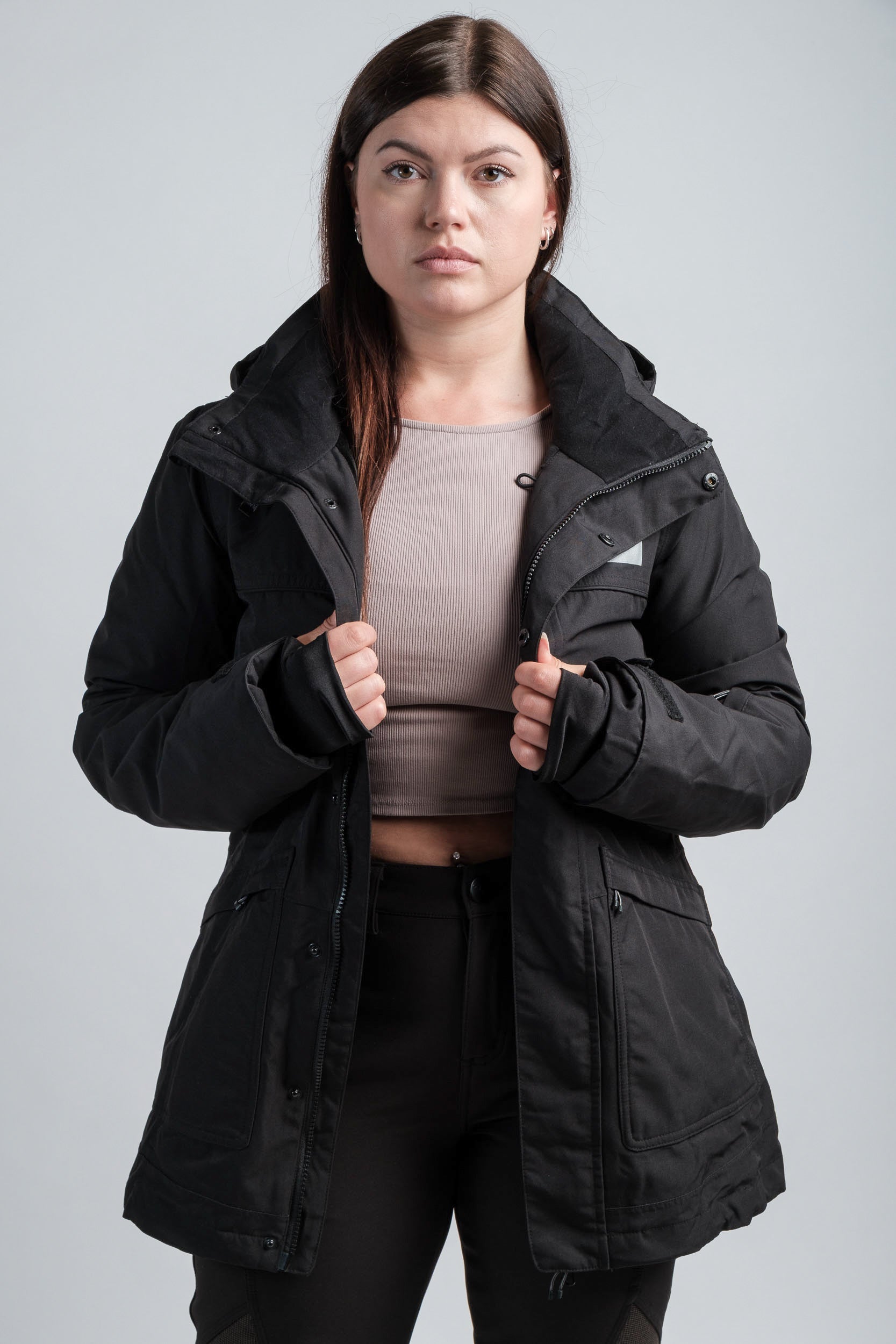
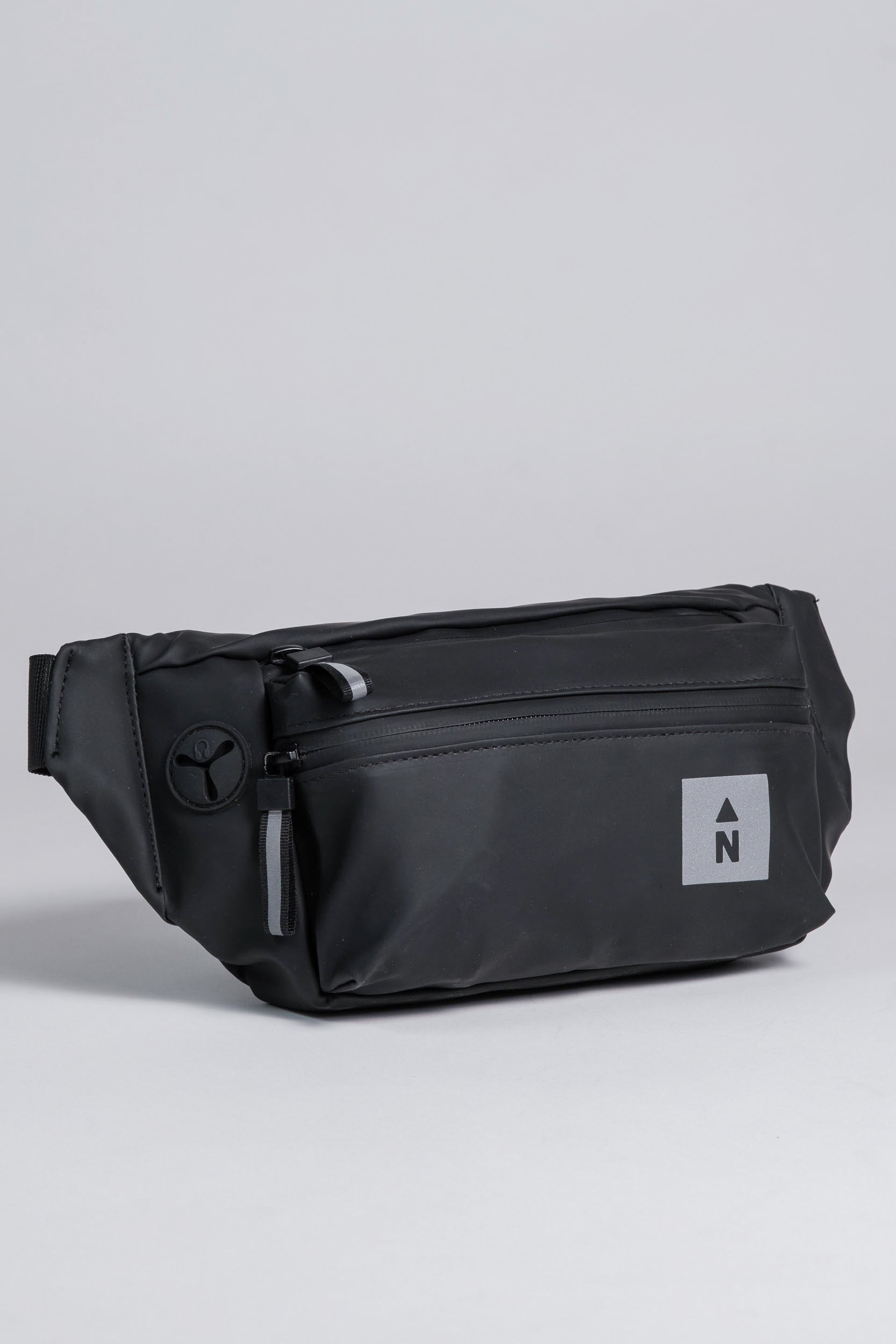
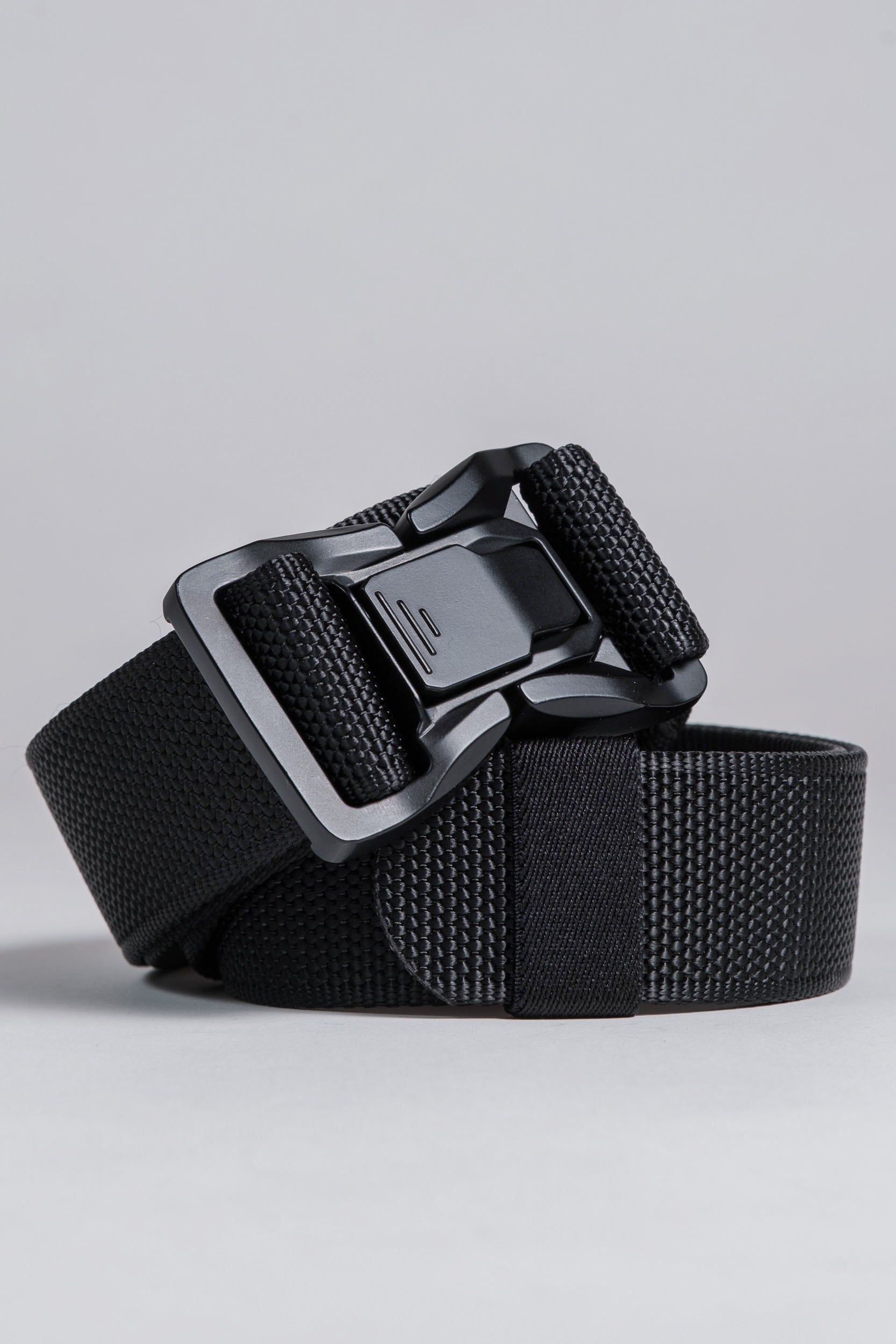
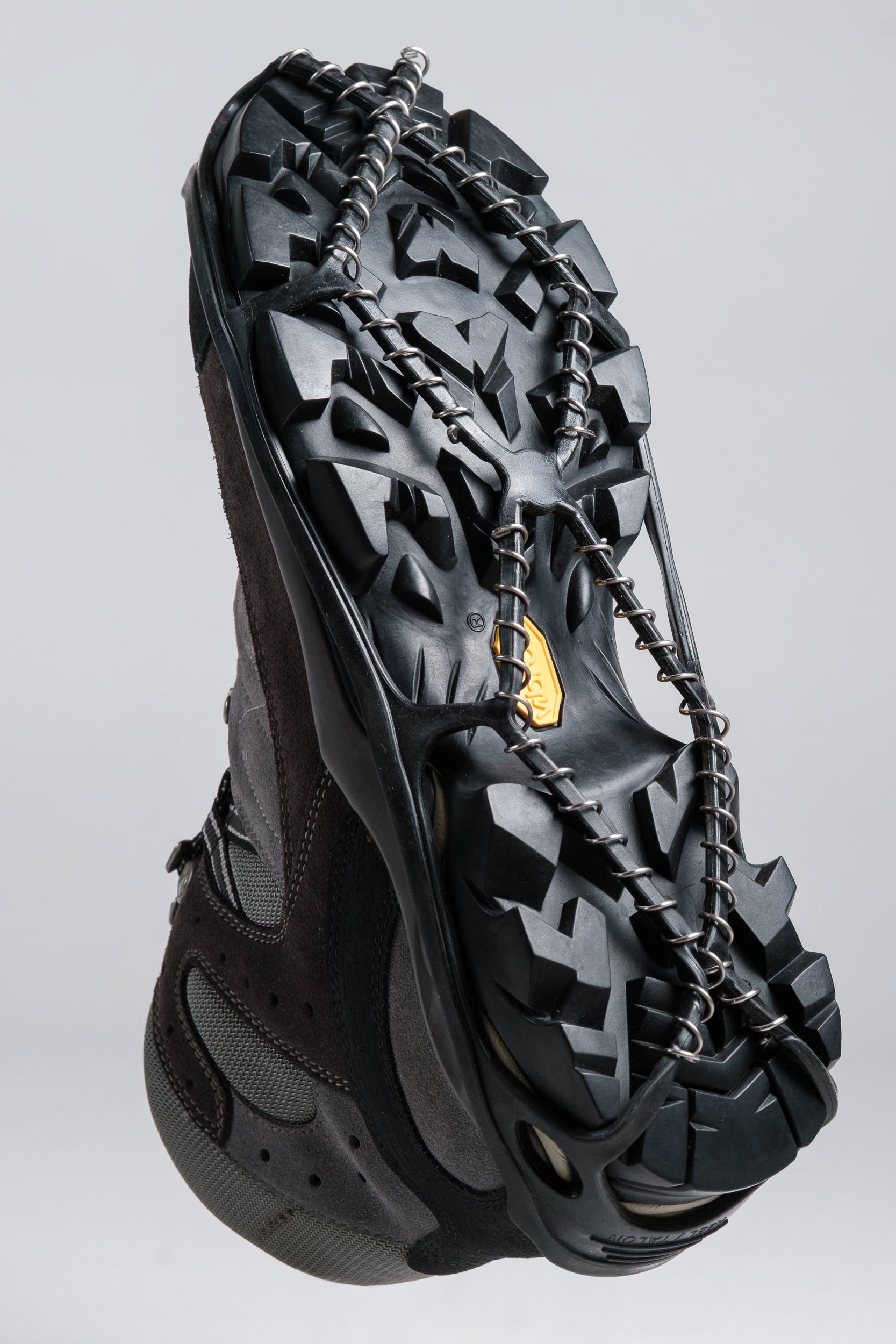
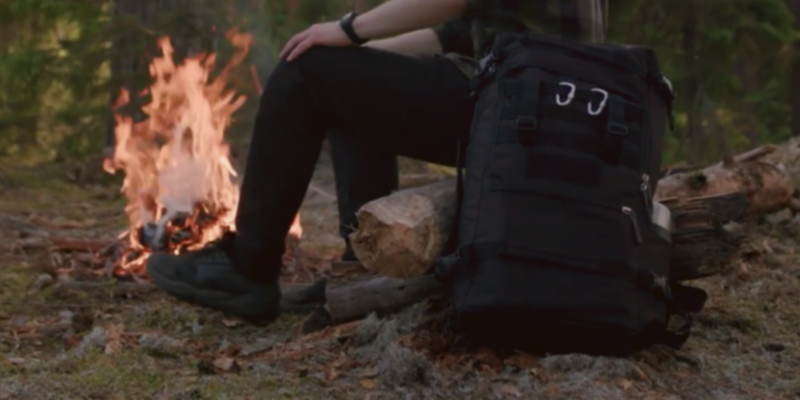
Leave a comment
All comments are moderated before being published.
This site is protected by hCaptcha and the hCaptcha Privacy Policy and Terms of Service apply.